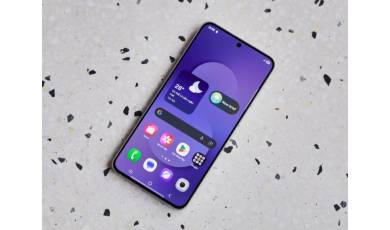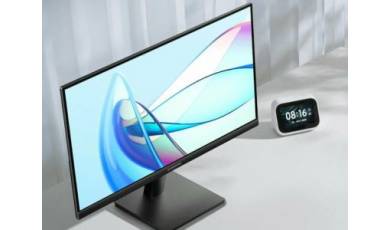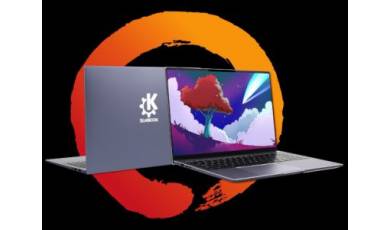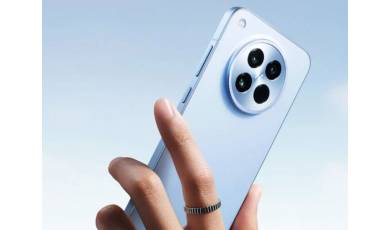Huawei Ascend Mate 3 specs.
Mobiles >> Huawei >> Huawei Ascend Mate 3| Specifications | Reviews | Secret codes |
| Unlock phone | Root phone |
| Backup | Flash Firmware | Screenshot |

Basic spec Huawei Ascend Mate 3
Announced:
July, 2014
Form Factor:
Bar
Languages:
English
Smart Phone OS: An operating system (OS) is software that interacts between a user and a smartphone.
An operating system (OS) is software that interacts between a user and a smartphone.
Android, v4.4.4 KitKat
Box Content:
Handset, Headset, Charger, USB Cable, Battery, User Manual and Warranty Card
Shades:
Black
Performance Huawei Ascend Mate 3
CPU: Central processing unit
Central processing unit
Quad-core Cortex-A15 & Quad-core Cortex-A7
Chipset: Is a set of chips in the smartphone that control the CPU.
Is a set of chips in the smartphone that control the CPU.
HiSilicon Kirin 920
GPU: Graphics Processing Unit
Graphics Processing Unit
Mali-T624 MP4
Digital camera Huawei Ascend Mate 3
Auto Focus:
yes
Rear Camera:
13 MP
Camera Flash:
LED
Digital Zoom:
yes
Camera Resolution:
4128x3096 pixels
Front Camera:
5 MP
Resolution (Front):
2592x1944 pixels
Face Detection:
yes
GeoTagging:
yes
Video Resolution:
1080p @ 30fps
Primary Camera:
13 MP, 4128x3096 Pixels, Digital Zoom, Autofocus, LED flash
Camera Features:
HDR, panorama
Display Huawei Ascend Mate 3
Multi-Touch:
yes
Display Resolution (H):
1080 pixels
Display Resolution (V):
1920 pixels
Pixels Per Inch Density:
361 ppi
Screen Size: This diagonal display size is usually measured in inches.
This diagonal display size is usually measured in inches.
6.1 inch
Touchscreen:
yes
Display Colours:
16 Million
Display Features:
Capacitive Touchscreen
Display Type:
IPS LCD
Memory Huawei Ascend Mate 3
RAM capacity:
2 GB
Call Log:
yes
Memory Card:
MicroSD, up to 64 GB
Phonebook Capacity:
Unlimited
Internal Memory:
16 GB
Connectivity Huawei Ascend Mate 3
A-GPS: Assisted Global Positioning System
Assisted Global Positioning System
yes
Bluetooth: Bluetooth is used to exchange data between nearby mobile devices.
Bluetooth is used to exchange data between nearby mobile devices.
v4.0, A2DP, EDR, LE
Browser:
HTML5
GPS: Global Positioning System
Global Positioning System
GLONASS GLObal NAvigation Satellite System
GLObal NAvigation Satellite System
Handsfree:
yes
USB: Universal Serial Bus
Universal Serial Bus
microUSB v2.0, USB Host, USB On-the-go
2G: Second generation cellular network
Second generation cellular network
GSM 850 / 900 / 1800 / 1900 MHz
3G: Third generation cellular network
Third generation cellular network
HSDPA High-Speed Downlink Packet Access 2100 MHz
High-Speed Downlink Packet Access 2100 MHz
4G: Fourth generation cellular network
Fourth generation cellular network
LTE 700 MHz
EDGE:
yes
GPRS: General Packet Radio Service
General Packet Radio Service
yes
Networks:
2G 3G 4G
Wi-Fi: Wireless lan technology
Wireless lan technology
802.11 a/b/g/n, dual-band, DLNA, Wi-Fi Direct, Wi-Fi hotspot
Data Speed:
HSDPA High-Speed Downlink Packet Access, 42 Mbps, HSUPA; LTE, Cat6, 300 Mbps DL
High-Speed Downlink Packet Access, 42 Mbps, HSUPA; LTE, Cat6, 300 Mbps DL
Business features Huawei Ascend Mate 3
Alarm Clock:
yes
Calendar:
yes
Clock:
yes
Office Applications:
yes
Organiser:
yes
Voice Dialing:
yes
Voice Memo:
yes
Noise Cancellation:
yes
Java:
Yes, via Java MIDP emulator
SNS Integration:
yes
Multimedia Huawei Ascend Mate 3
3.5mm Jack/Port:
yes
Radio:
yes
Image Viewer:
yes
Music Player:
yes
Video Player:
yes
Video Recording:
yes
Voice Recording:
yes
Image/Video Editor:
yes
Games:
yes
Vibration:
yes
Ringtones:
MP3, WAV
Messaging Huawei Ascend Mate 3
Predictive Text Input:
yes
T9 Dictionary:
yes
Messaging:
SMS, MMS, Email, Push Email, IM
Social Networking:
Facebook, Twitter
Sensors Huawei Ascend Mate 3
Accelerometer Sensor:
yes
Compass:
yes
Gyro Sensor:
yes
Proximity Sensor:
yes
Comments, Questions and Answers about Huawei Ascend Mate 3
Ask a question about Huawei Ascend Mate 3





